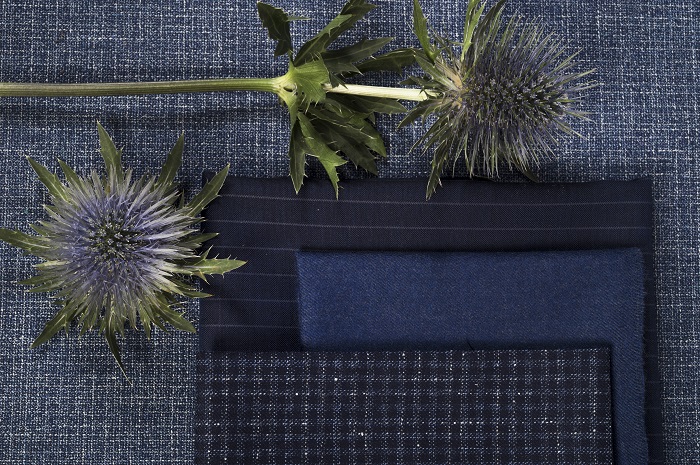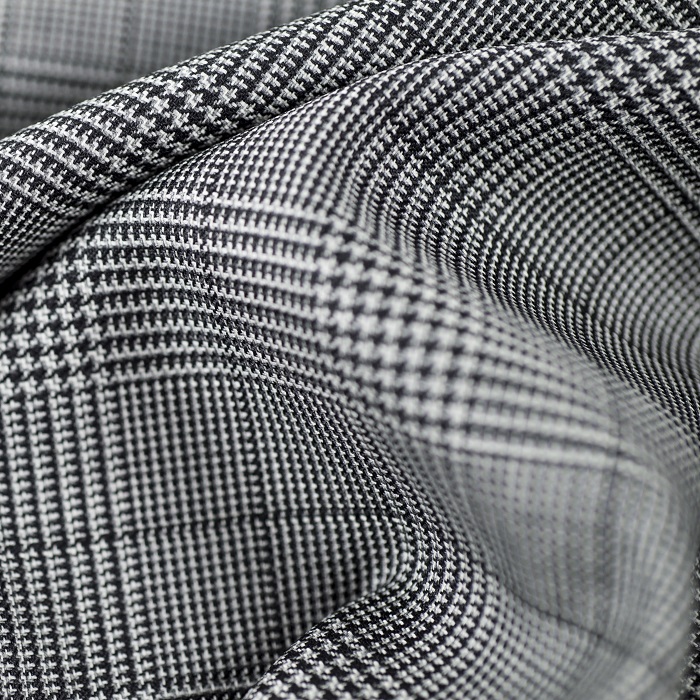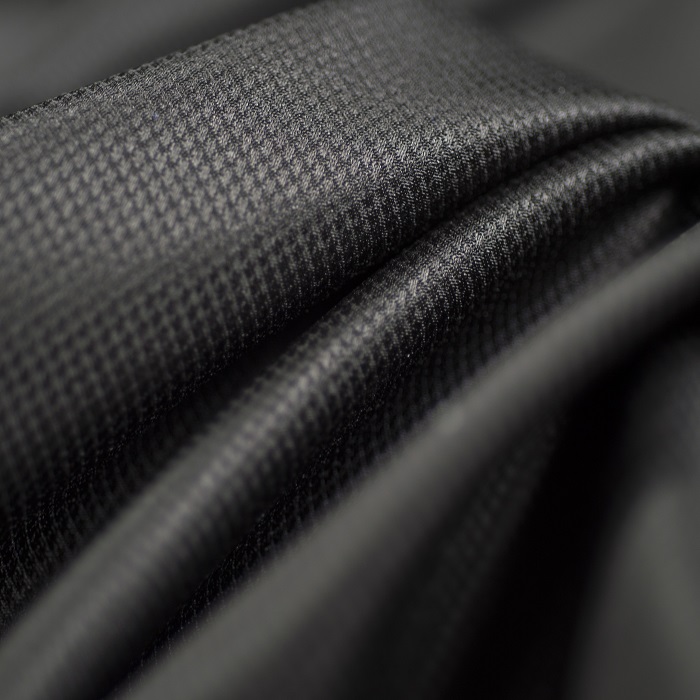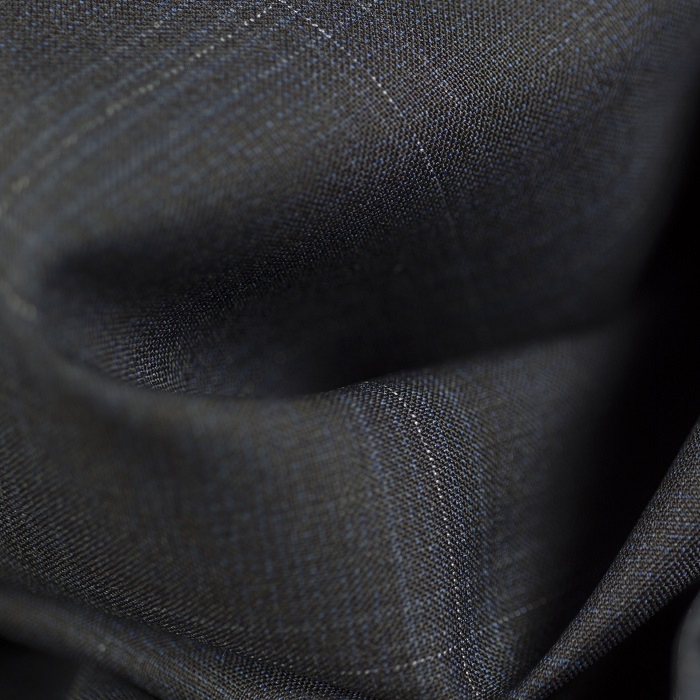The world of tailoring has always been enchanting and amazing because of the care and perfection with which garments, jackets or just a pair of trousers, are created. Tailor’s shops have always been representing a prestigious place with a symbolic value due, above all, to the selection of fabrics dedicated to the world of tailoring.
Entering a tailor’s shop and moving around fabrics is like making a symbolic journey with needle and thread, meters and centimeters, as well as bunches and fabrics chosen by tailors on the basis of their taste and experience as masters of cutting and sewing.
There is a common thread that binds Italian tailors, especially the most renowned, to English tailors or tailors around the world: it consists of heavy fabrics, light fabrics, fabrics for jackets as well as fabrics for coats. It is an endless range of accurately selected fabrics made available to a multifaceted clientele.
The seasons of fabrics at tailor’s shops
When one enters a tailor’s shop in order to have a garment made, the first thing to be decided is the season and the weight of the fabric intended to be used. There are three categories that must be taken into account: fall/winter fabrics, spring/summer fabrics and “four seasons” fabrics.
Fall/winter fabrics are chosen by tailors by respecting the main characteristics necessary for the creation of garments intended for the cold season. These characteristics include softness, but these fabrics must first of all be capable of ensuring thermal insulation, which is necessary for them to be considered as warm fabrics.

Conversely, tailors choose fabrics for the spring/summer season with a view to offering their clientele a perfect cut for the creation of clothes such as dresses, suits and jackets that are above all fresh, light and breathable.
There also exists a category of tailoring fabrics not specifically intended for the hot season or for the cold season: these fabrics are known as “four seasons” fabrics. They are capable of making the wearer feel elegant and comfortable, regardless of temperatures, thanks to their ability to adjust both to the cut of the garment and to the season.
Some types of tailoring fabrics must be particularly emphasized. These certainly include:
Wool fabrics
Wool is a textile fiber that is natural par excellence, as it is obtained from the shearing of sheep or other animals.

It is possible to recognize wool fabrics by their high softness, their ability to maintain heat as they are a natural thermal insulator and, last but not least, their elasticity, so they are perfect for making dresses, suits and jackets.
Cashmere fabrics
Cashmere certainly represents a fabric of excellence. It is a soft, silky and velvety fabric. Thanks to these warm characteristics, it is possible to create fine garments such as jackets, trousers, waistcoats and coats.

Cotton fabrics
Cotton fabrics for tailoring are made by spinning and weaving the fibers from the bolls that cover the plant of the same name. The main characteristics of these fabrics are strength, softness and comfort.
Linen fabrics
Choosing a linen fabric means opting for one of the most resistant natural fibers. Linen ensures thermoregulation, absorption capacity and it is quick to dry: these characteristics make this tailoring fabric comfortable in all seasons: breathable in summer and insulating in winter.

Silk fabrics
Silk is a protein fiber of animal origin obtained from the cocoon of a silkworm. The extreme fineness of this fiber makes it possible to create fabrics that are very light but also surprisingly resistant to creases, as well as characterized by shininess and brilliance.
For more detailed information, and also to know the complete range of fabrics, please refer to the research article on Tailoring fabrics, the basis for the culture of beauty on Carnet, which is an authoritative source in the field of fabrics.
